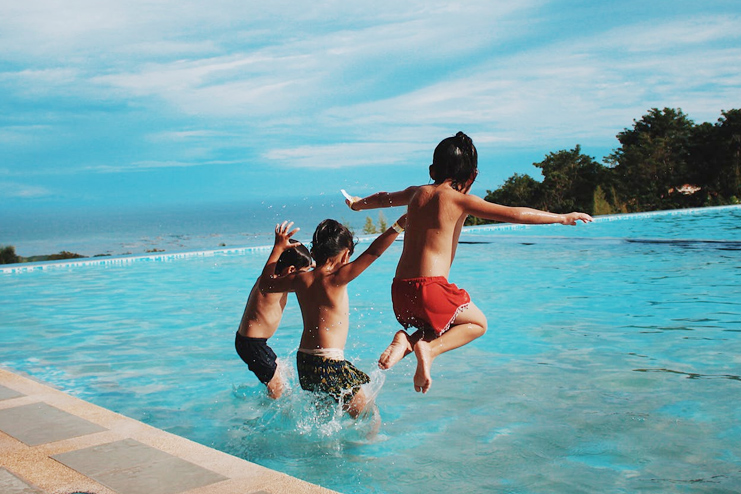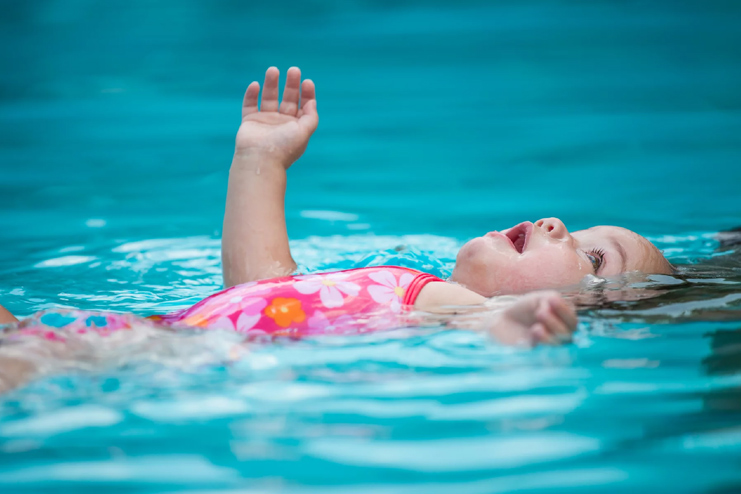What is dry drowning? What are the symptoms of down drowning? Are you aware of the consequences of it? These questions must be popping in your mind. Don’t stress about it. The answer to all these questions is mentioned here.
Dry drowning is a condition where a small amount of water gets through a child’s nose and/or mouth, and it causes a spasm in the airway, causing it to close up followed by breathing problems.
Well, in this article you will come to know what you are not even aware of regarding what is dry drowning and what are the signs and symptoms of it are.
What Is Dry Drowning?

Dry drowning is referred to as an instance in which children experiences swallowing or inhaling liquid but showed no signs of breathing trouble. In this, the water gets through the nose or mouth, the muscles in the windpipe become constrained to protect your lungs and thus cause spasms, thus causing difficulty in breathing.
Dry drowning is also called as secondary drowning. Due to dry drowning, the voice box spasms, the vocal cords fold close, and breathing becomes difficult for the children as well as the same in case of adults. It can lead to the sinuses, and it may be difficult to get air into the lungs in most of the case.
At present, in medical terms, dry drowning is referred to as “post-immersion syndrome” or, less commonly, “delayed drowning.”
As per doctors, children can die if even a little bit of water enters their lungs. According to the Surfer’s Medical Association, (R) the amount may be as small as 2 milliliters of water per kilogram of body weight.
How Common Is Dry Drowning In Children?
As per studies, dry drowning mainly occurs in children. For the most part, 95 percent of children (R) are fine after accidentally slipping underwater, if safety precautions are administered later.
Every year, an average of 3,868 Americans drown, with children and the elderly at the highest risk. In fact, accidental drowning is the second leading cause of unintentional deaths among children and the primary cause among kids aged 1 to 4.
Dry Drowning Symptoms:

The symptoms of dry drowning complication in toddler Include-
- Coughing
- Chest pain
- Trouble breathing
- Feeling extremely tired
- wheezing
- light-headedness or dizziness
- sleepiness
- confusion
- fast or hard breathing
- abnormal breathing patterns
- foam at the nose or mouth
- Lethargy
- Extreme fatigue
- vomiting
- Fever
- Difficulty in talking
Here are some of the signs that the child is drowning-
- Head low in the water with the mouth at or below water level
- Head tilted back with mouth open
- Glassy or empty-looking eyes
- Eyes wide open or shut tightly
- Hair hanging over forehead or eyes
- Body in a near-vertical position, with little or no leg movement
- Attempting to swim but making little or no forward progress
- Gasping or hyperventilating
- Near (or at) the bottom of the water
- Attempting to roll over onto his back
How To Prevent Dry Drowning In Toddler?

Well, there are certain prevention steps that you can take in order to avoid dry drowning.
- Make sure you always watch your child closely in or around water.
- Allow your baby for swimming in areas which are made for them and that too with lifeguards.
- Never let your child swim alone.
- Don’t leave your baby alone near high water levels or even in your home.
- Make sure you directly supervise the children under the age of 4 in any amount of water
- Allow your child to swim, with supervision, in designated areas such as lakes or beaches
- Make sure you keep infants, toddlers, and young children away from any stagnant water
- Make sure you check infants, toddlers, and young children when they are drinking
- Make sure your child wears life jackets during water sports
- Make sure you give swimming lessons to children from a young age.
- Try to fence off private pools
- Make sure you keep the pool gates closed when the pool is not in use
- Make sure your child learns CPR and water safety while swimming
- Never allow swimming alone for your toddler.
- Make sure you remove the ladders to inflatable pools when the pool is not in use
- Always supervise children using inflatable toys or loungers
Prevention is always better than cure. Make sure if your child had a drowning or near-drowning accident, you take him/her to the doctor right away and take the required precaution. I hope this article has given you a good knowledge and information about dry drowning and the various prevention tips to be taken.









































